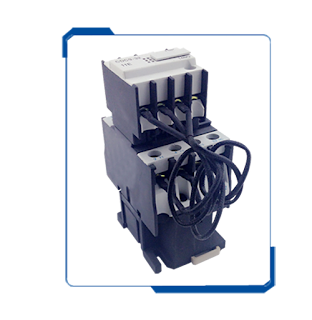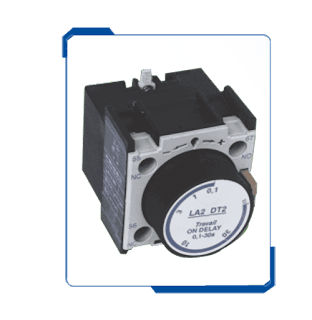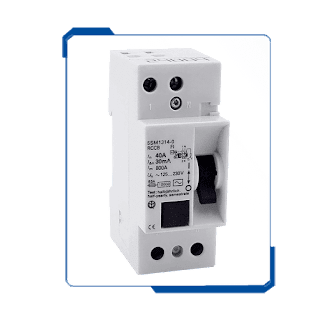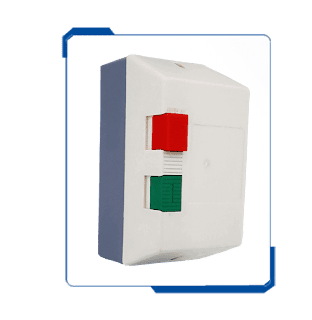Switching Over Capacitor Contactor structure and working principle
Switching Over
Capacitor Contactor structure and working principle
Structure :
Switching over capacitor contactor is
composed of charge suppression inrush device and AC contactor. The action
mechanism is direct-acting type. The contact is of double break point. E-shaped
core offers magnetic system which is the suction reaction of the tower spring.
Working Principle:
When it is momentarily energized, Bulk
capacitances charge current of the capacitor will aries large current surges to
make the circuit momentarily overloaded which will blow the fuses. The
capacitor switching contactor charges the capacitor through the current limiting
resistor, and turns on the power through the internal delay device which will reduce
high-current impact of the circuit to prevent damage to the line fuse, etc.
Characteristics:
1.
Current-limiting main contacts
and contactor main contacts are separated during normal operation and they act
accordingly.
2.
There are many auxiliary
contacts. There are three pairs below 32A and four pairs above 40A, which can
be combined in any combination of normally open and normally closed.
3.
There is a full range of eight
sizes of 16, 25, 32, 40, 50, 63, 80 and 95A. The respective capacities are
equipped with contactors of corresponding capacities.
4.
The capacity is controlled by
the switching capacitor which is designed to have a large safety factor and a
certain margin; safe and reliable.
5.
Current limiting resistors are
symmetrical, linear, insulated, and heat resistant.
6.
The tower-shaped reaction
springs of the contactor make the sucking reaction force match well. The magnet
sucks smoothly, and the electromechanical life is high.
7.
The product has high technical
and economic standard, and has high breaking capacity and current limiting
capability.
Other Related Posts:
Ac Contactor working principle and structure
Circuit breaker structure and working principle
Ac Contactor working principle and structure
Circuit breaker structure and working principle
 |

 |
 |
 |
  |
  |
  |
 |
  |











Comments
Post a Comment